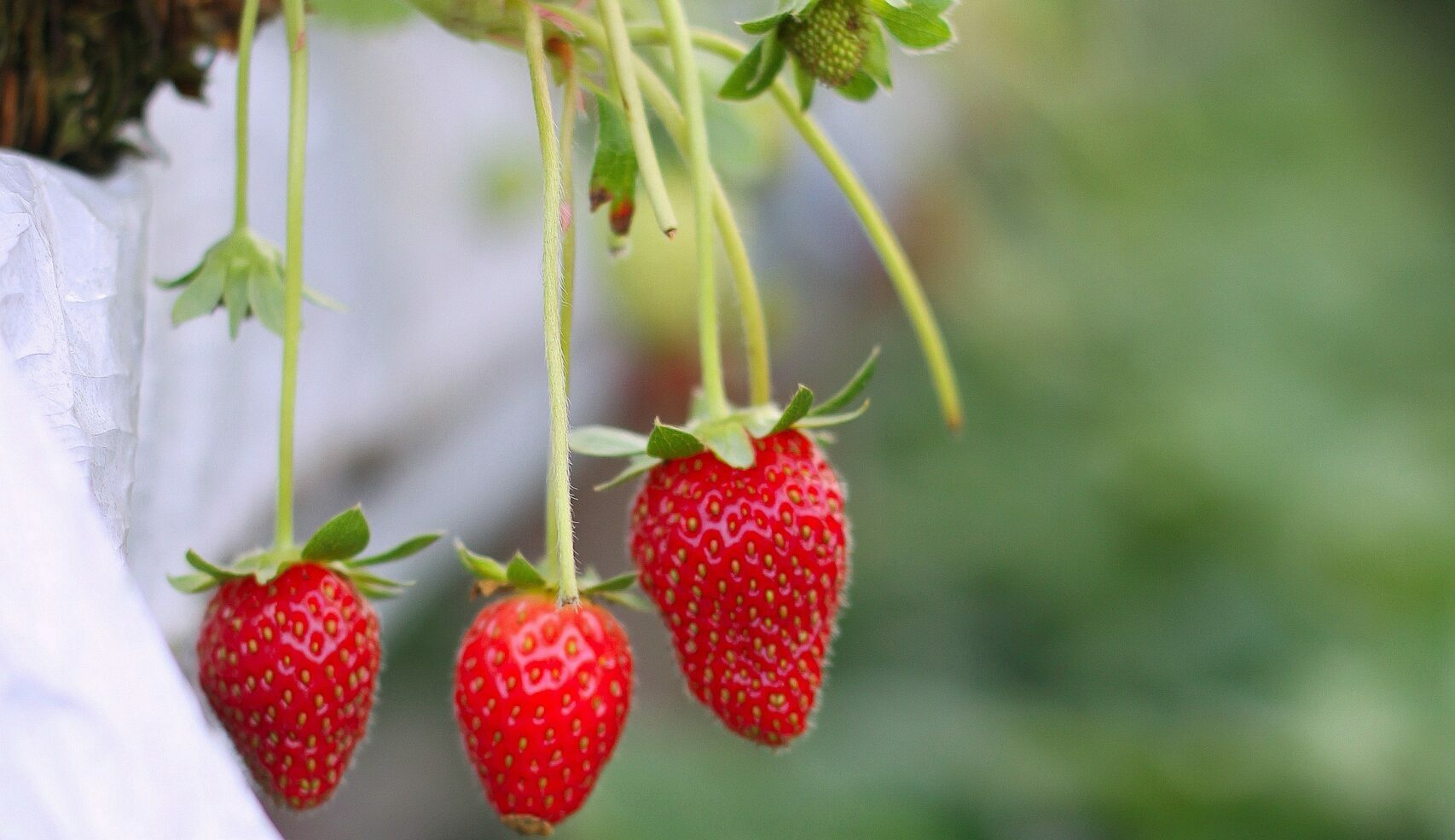Fall for strawberries, the fruit of love

COLUMBIA, Mo. — Strawberries are a delectable treat any time of year, but in February they are known as the fruit of love, says University of Missouri Extension horticulturist Michele Warmund.
Long before the celebration of Valentine’s Day, the strawberry symbolized love and fertility due to its shape, color and wealth of seeds on the fruit surface.
According to folklore, if two people cut a strawberry and share it, they will fall in love, says Warmund. In an old French tradition, strawberry soup is served to newlywed couples as an aphrodisiac.
Today, there are many strawberry cultivars grown worldwide that vary in flavor and appearance.
When buying strawberries at the grocer or farmers market, choose berries that are bright red. Avoid those with white or yellow flesh near the stem end, as they do not continue to ripen and usually won’t taste as sweet as a fully red fruit. Refrigerate until use. While those purchased at grocery stores will usually last for five to seven days, more mature strawberries from roadside markets likely will have a shorter life, even with refrigeration.
Strawberries are available year-round due to global production outdoors, in greenhouses and in high tunnels. Strawberries grown in Missouri are usually available beginning in May.
Despite the name, June-bearing strawberries are best for planting outdoors and bear fruit for two to four weeks. Some of the older, reliable cultivars are Earliglow, Honeoye and Jewel. Some newer June-bearing cultivars include D’Light, Dickens and Keepsake, but these are yet to be tested in Missouri. Although day-neutral strawberry cultivars can grow fruit in summer or fall, high temperatures adversely affect flowering, especially in Missouri. As a result, they may bear little fruit after hot weather.
Plant strawberries outdoors in full sun after the danger of frost passes. For large areas, plant about 30 inches apart in a matted row system, with rows 42-48 inches apart. Daughter plants will fill the space within rows. During the year of planting, remove any flowers that develop, provide irrigation when needed and keep the area weed-free. To protect plants from winter injury, cover with straw mulch in late fall when temperatures drop to 20 F for about three days, which in Missouri usually happens around late November or early December.
In the spring, rake the straw covering the plants to the outer edges of the row. To avoid soft fruit, do not fertilize plants until after harvest. During summer, keep plants well-watered, about 1 inch per week. Pick strawberries every two to three days when fruit is fully red. Remove overripe or diseased fruit to avoid loss from spotted wing drosophila and other insects.
After harvest, renovate the planting to ensure future fruit production. Renovate by mowing off old leaves, fertilizing and thinning plants, and tilling between the rows to maintain them in a 12-inch-wide strip. Thin plants to enhance drying of foliage and prevent foliar diseases such as gray mold, leaf spot and scorch. Well-managed plantings commonly remain productive for four years.
Learn more about growing strawberries from the MU Extension publication “Home Fruit Production: Strawberry Cultivars and Their Cultures,” which is available for free download at https://extension.missouri.edu/g6135.
Miss Clipping Out Stories to Save for Later?
Click the Purchase Story button below to order a print of this story. We will print it for you on matte photo paper to keep forever.

